How to Look at Gold in 10 Easy Steps
By Max Pasakorn
Marc Nair - Lines to be remembered (2023), digital photograph
Image description: The photograph depicts the architectural interior of a space. The space is highly geometric — perpendicular and diagonal lines of the building’s columns and beams cut across the composition. On the left side of the photograph are tall, yellow, rectangular columns extending into the background. On the right are layered, gray beams forming majestic, triangular structures. The bright yellow on the left and the grayscale on the right of the photograph form a striking contrast.
“Suppose I were to begin by saying that I had fallen in love with a color … as if falling under a spell, a spell I fought to stay under and get out from under, in turns.”—Maggie Nelson, Bluets
Step 1: Begin by walking along Beach Road, in old, open-toed sandals. Pause. Smell the salinity of the Kallang River as it rushes its way out the country in a gush of freedom. Feel your nose itch and stop to brace for the sneeze. Look up. There: a chalky grey exterior, decorated by stains of old rain; a decaying monster of concrete. It betrays its otherwise vitalizing name: the Golden Mile Complex. The sole hint of gold is its logo – a uniform five-petalled flower – shaded in a warm, overripe yellow, as if the building itself is a sunflower just past its prime.
Step 2: Walk into Golden Mile and notice signs of its approaching expiration: the brittle tiled floor, badly cracked in places; the Thai words that make themselves at home inside mask-covered mouths; and the shops that all sell the same mookata with the same combination of meats. Look at the walls, how the concrete too is covered in thin frail lines cracking – no, crackling – in anticipation of collapse. It was not like this when your mother was alive, when she brought you around all the mall’s restaurants to conduct market research on how to cook Thai food that appealed to the pale Singaporean palate. Back then, Golden Mile Complex was your mother’s temporary return home. It was where you could feel her grip loosen around your palm as she thought: Yes. Finally. People speaking in a language I can understand.
Now, your mother has passed on and the building has taken her place. You sit alone at a restaurant in this bare-boned mall, piling condiments onto a bowl of boat noodles, its dark gravy reflecting your ravenous eyes. You allow the sharp flavours to live temporarily, vivaciously, in your mouth, before swallowing. It is the best placebo in place of a home-cooked meal you can get here.
If Golden Mile were a human mother, she would soon be approaching her golden years. So you notice where she has retained her glamour: karaoke clubs where off-key singing spills out into the hallways; tour agencies with their revving buses; and the shining supermarket on the second floor. In English, its name is nondescript, “Thai supermarket”. But in Thai, it was always intimate: เพื่อนไทย, “friend of the Thais”. As you stand below the supermarket’s signboard, one that bares the colour of a flaring tungsten bulb, you stare at its logo, a pagoda washed in a sandalwood orange, and wonder how much longer this stable roof can remain above you, against the constant, imminent fading of gold.
Marc Nair - Above the treetops (2023), digital photograph
Image description: The photograph depicts a building that is partially obscured by tropical trees. The branches of the trees wind across the foreground of the photograph. The building behind them is tall, wide, and mostly gray; it comprises rectangular architectural structures, with circular windows lining its topmost beam. Certain columns and structures of the building are painted bright yellow.
Step 3: You walk down the halls of Singapore’s National Gallery, looking for a connection so deep and profound you have no choice but to write about it. In this way, you begin a search for home, a world which you can step into and inhabit in a heartbeat. Instinctively, you peruse the gallery on the second floor, where Southeast Asian artworks are permanently on display. You gaze past the saturated depictions of village communities in traditional Balinese houses, a painting of Jesus’ birth crafted in the crossfire of war, and a storm holding a palm tree hostage by ink. Nothing moves you, so you move on. Towards the end of the gallery, with an upward tilt of your head, you finally see a painting that stops you in your tracks: a Thai temple, glittering with gold. You instinctively notice how the warm morning light in the painting uplifts the magnificence of the temple. The sun, in the midst of routine waking, delivers rays from off the painted landscape, washing each element – the green trees lining the temple’s periphery; the straw-hat-wearing tourists seated on long wooden boats – with a tint of its gold. Or, perhaps, it is the giant glistening temple that causes gold to leak into the liquid turbulence of the river below. If not for the menacing stares of the gallery staff, you would have brushed the painting with your fingers. You wonder how much of the gold’s radiance would flake off onto your fingertips, as if the painting was made of the gold leaves affixed to the Buddha statues you visited in your childhood. Alas, you lawfully watch it from a safe distance, under the gallery’s well-placed spotlight. Standing there, you notice the granularity of the gold, how each of the painting’s little yellow dots feels like an ornament the artist has deliberately hung on the temple, glazing the canvas in a warm, majestic symphony.
Step 4: To understand gold, you must first stop looking at it. Gold represents a gleaming, expensive extravagance. When you gaze at something gold, you cannot help but feel its bold reflectiveness enchant you through your eyes, distracting you with its visions of empty wealth. Your relationship with gold is premised on a constant yearning that colours your perception: gold is always good. So, you must let your eyes adjust to it. See past its reflective brilliance. Ask why you are so mesmerized by it. When you do, you will realize that gold is not the simple, stable, self-sufficient substance you think it is. Instead, gold looms over everything else, leeching attention away from surrounding objects through its natural glamour. Gold is a constant distraction, but from what? In your quest to understand gold, you begin searching in its opposite direction, turning away from its brilliance, rejecting its fertile ferocity.
Gold can be understood through its two constituents: colour and texture. It is a combination of a striking yellow and a glittering metallic sheen. You understand gold as something that derives its power through negation. Gold is special not only because it is naturally shiny, but also because everything else is not. The opposite of gold, then, is where gold derives its vitality. Because gold is bright and yellow, its opposite is a dull, sooty, blue-toned grey that must be entirely forgettable.
Marc Nair - Temporary relief (2023), digital photograph
Image description: The photograph depicts the interior space of a commercial building. In the foreground are four massage chairs, two of which are occupied by men. The two men both put their arms behind their heads to rest. Behind the massage chairs, stairs stretch diagonally across the photograph. A man is walking down the stairs. In the background, small tables and red, plastic chairs form a food court area. The first-floor food stalls, some of which are closed, are lined with Tiger Beer ads. On the second floor, a neon storefront reads “เพื่อนไทย ชุปเปอร์มาร์เก็ THAI SUPERMARKET.” Lit by fluorescent lights from the inside, rows of products are vaguely visible through glass panes. The floor of the building is tiled; its walls are worn-out.
Step 5: After a few minutes of staring at the painting, you feel compelled to move on as other visitors crowd around it. But you first note its name and its artist, Thai Temple by Low Kway Song, so you can look it up online later. You figure that this is the closest to home that you can possibly get on a small, framed canvas: a landscape that bewitches you with an idyllic vision of your homeland. You think of how your father would bring nine-year-old you on long, temple tours to Chiang Mai, where you found yourself falling asleep on the tour bus, waking only to walk sacred grounds. Homesickness clings to your throat. Then another artwork catches your eye. Next to Thai Temple is a second painting by Low Kway Song. This one is hidden from view. In a corner bereft of light hangs a painting of two elephants trudging up a mountainous grassland. Like its exhibition space, the painting itself is dull and a little unimaginative. Your eyes squint as you try to make out the details. Instead of grass, you see light-green brushstrokes scattered in an undiscernible pattern. The elephants, though realistically rendered, are so mired in the shadows of their landscapes that they look hollow, like placeholders waiting for another artist to fill in the details. Though the permeating reflections of soft light demonstrate Low’s shading skills, the only area your eyes rest on are the swirls of white clouds in the painting’s sky, taking up less than a fifth of the canvas. The painting is gritty, as if every part is shaded by dirt. You feel the ick of old earth, as if you were one of the elephants trudging through the dried mud, walking, one small step at a time, towards an unknowable destination. If Thai Temple arrests by its promise of a grand and welcoming voyage home, Elephants makes you doubt that fantasy. These elephants are the underbelly of gold. They are what begins the process of disenchantment, showing you that the place you have made home was never yours.
Step 6: Think about why you want Golden Mile, and why Golden Mile might not want you. Do the research. Unlike what you initially thought, Golden Mile is not named after a mythical Thai phrase. Instead, it is simply named after its location. Beach Road, because its copious sand is a mile of gold (when viewed at certain times of the day). When Golden Mile Complex was completed in 1973, it was labelled a marvel not for its association with Thailand and Thai culture, but for its architecture: a unique “step terrace” design that makes it look like a typewriter; and its pioneering vision of storefronts, offices, and homes integrated in a single edifice. But its reputation as a gold-star building crashed in the 1990s, when it became a boxing ring for fights, causing a politician to label it a “vertical slum”. The building has since been sold for redevelopment to a real estate consortium. In a few months, the familiarity of the shops and restaurants will vanish. There will be no more Little Thailand.
Golden Mile was constructed as part of Singapore’s vision of a progressive modernity. But it has become the bad apple of the country, a fall from grace not of its own volition. It was just so radical for its time it was doomed to fail. Look at Singapore now, with bus interchanges, malls, and condominiums neatly stacked atop each other in an “integrated hub”, marketed to the public as spaces of convenience. Golden Mile probably was the progenitor of such projects. Now it is a discarded relic. If gold is the pinnacle of excellence, all the gold in Golden Mile Complex has been sapped away by the land.
You have learned that the gold of Golden Mile is a facade, at once a coincidence, a marketing tactic, and a misnomer. Yet you cling onto it, adamant. Why, dear child, do you hope that a building, soon to be torn down by the many Thai hands that once made it alive, will reveal a gold you know no longer exists?
Marc Nair - If the shoe fits… (2023), digital photograph
Image description: The photograph depicts a store selling shoes and bags. A striking red banner that says “CLOSING DOWN 收盘” hangs on top of the storefront. A smaller, red banner that says “CLOSING DOWN” is displayed in the interior of the store. The store is filled with colorful sandals, flip flops, high-heels, loafers, and other types of shoes. Bags and purses of various designs are also displayed. On the central display of shoes, a price sign says “LUCKY SIZE $7.90.” The store is lit by warm, yellow lighting.
Step 7: Back home, you read snippets of Low Kway Song’s biography: how he moved to Bangkok and painted sceneries in Thailand; how he met his Singaporean wife there like a fated exchange. You discover that Low was well-regarded for his realistic depictions of animals, like his dynamic painting of a lynx poised diagonally in a ferocious stance, ready to pounce on any human stepping into its territory. You cannot help but wonder why Elephants is so lethargic in contrast.
You click on a link and stumble upon another version of Elephants. It looks starkly different. It’s bright now. The landscape is washed in a yellowish tint, making the elephants glow in radiant evening sunlight. It is as if the dull painting you encountered at the National Gallery has been lit ablaze by a late-night candle waiting to show off its illuminative powers. All the fine details on the elephants are visible. Their skin, once grey, now reflects the reddish mountains behind them and the olive green of the grass they tread on. They remind you of the ceramic statues you’ve seen at Thai tourist gift shops: a pristine reconstruction of Thailand’s national animal, painted with care and rigor. Now you see the movement in their legs. You see their rough skin, weathered from the treacherous hike. The leading elephant looks back at you with a small and beady eye. Its trunk, lit from the side, looks like an elongated crescent moon, a powerful weapon against any creature that might stand in its way. Behind it, the smaller elephant looks downward, dutifully following the leader’s footsteps, refusing to step out of line. The grass on their path, no longer careless brush strokes, is sharp and spiky, ready to prick any wayward walkers. This digital version of the painting, with each element glowing in unison, feels alive. This is the version you were meant to experience. This is the version steeped in gold.
You touch the painting on the screen, again expecting its gold hue to rub off on you. You are unsure what happened to it; how the version online could look so different from the one you saw in person. Your best guess is that the painting has faded over time, losing its vibrancy as it aged, the original pigments dissipating into the Singaporean air. Some time ago, Thai Temple and Elephants probably embodied the life and movement that erupted from Low’s hands. But Elephants has grown past its prime, relegated to the role of a quiet sibling, the supporting character to Thai Temple’s untainted radiance. You cannot help but think of Elephants as a neglected, discarded remnant, so past its prime the museum’s curators tried to hide it in a dark corner. Yet, when you look at the same painting online, its former glory jumps out at you. Putting the two viewing experiences together, you understand the history of Elephants. Unlike the static Thai Temple, Elephants mimics the dynamism of life. The linearity of time has snuffed out its old vigour. Even though the gold in Elephants has faded, you still see its characteristic, unmoving tenacity. The painting seems content still to be in its frame, to be compared to its brighter sibling. They were, after all, birthed from the same talented hands. You imagine meeting the painting in a small gathering of Thai-Chinese relatives, clinking glasses of Singha beer together in celebration of your common Thai roots. You would ask the elephants for their thoughts on gold. And they would reply, enthusiastically, without looking at themselves: What are you saying? The gold has never left us.
Step 8: You wonder what it means for something to be gold. Your instinctive answer is that it must be a certain kind of yellow and that it must glow with a metallic sheen. But you also know it goes beyond that, because the metaphor of gold has somehow become an obsession. What most people see is the extrinsic value of gold, how it represents the possibility of windfalls, of sudden, opportune, and incredible abundance that will solve many of their problems. But what they do not see is what happens afterwards, when the gold begins to deteriorate. You understand it because wealth is never timeless. The things precious to you too are doomed to fade away. But something makes you insist that there is still magic in tarnished gold. You wonder if there is a way for something to be gold not only for a short, bright burst, but forever. You think about the elephants and how they too insist upon their goldenness. Then you realize that gold is not a colour nor a state but an unchanging, idiosyncratic identity, a quality ever-present in the objects you have seen as gold. When you say that Golden Mile is gold, you mean that the building embodies golden qualities: the way it grips your spirit, confrontationally, asking you to feel its light; the way it has become a layered reflection that singes your life with your personal and cultural associations with gold. Even past its prime, even when an object is no longer new and shiny, it still holds remnants of gold. Gold is pitted against a continuous flow of time. Your previous definition of gold as a hybrid baby of yellow and metal has been cracked. Gold is not always bright, vibrant, and shining. Gold will succumb to cycles of life and death. The gold you know tarnishes. The gold you know fades. The gold you know, after all, is impure, likely an alloy that succumbs to oxidization. But, still, we confidently call it gold. Elephants reminds you of this truth. There is a power in its gold that, even when it becomes invisible, can never be taken away. When you look at Golden Mile, your instinct is correct. You see the gold that still lives in its cracks, between its walls. Despite how the building has succumbed to age, you still feel a special golden connection. You do not think about the architectural and monetary value that is a part of the government’s rhetoric for its supposed conservation. You think about the childhood you spent, enthralled by the magic of this space. You think of the familiar people who immediately welcome you into their stores with the musical roundness of the Thai language. The building surrounds you. It has always been a warm, tight hug.
Marc Nair - A flag is the last thing to go (2023), digital photograph
Image description: The photograph captures the emptied interior space of a building. In the right foreground, a brown sofa’s cushions have been flipped over and piled together. The most striking feature of the photograph is a small flag of Thailand resting between the cushions and the sofa’s armrest. In the background, metal railings, white columns, and windows are visible. Sunlight pours in from the windows onto the red-tile floor.
Step 9: You repeat to yourself until you believe it: “Golden Mile is and will always be gold.”
“And nothing – not even the lifeless facelift of Singapore’s gentrification – can take that away from me.”
Step 10: As you exit Golden Mile Complex after a careful day of pondering, you recall your mother telling you to pray at the shrine near the bus stop before you leave. From your childhood, you remember the shrine being small but filled with offerings. Now you notice the shrine in its full glory, featuring a golden, four-faced Buddha, sheltered under a makeshift, yellow umbrella. There are lights installed on its sides, making the Buddha shimmer. You step up, wai for respect, and notice the statues guarding the shrine. There, hidden amidst a crowd of brown ceramic animals, is an elephant made entirely out of gold. You cannot help but see it as the building’s immortal spirit, how the essence of its gold is so strong it must spill out into a peripheral shadow. The golden elephant stretches and lifts its trunk upward, as if making itself taller to scare off any potential predators. You know that it is defenceless against this country’s collective desire for newness. But you believe in it anyway – the spirit of gold, the collective indignance of your mother and the Golden Mile Complex that still courses through your veins. An elephant that will fight and win against any enemies – any non-believers – of gold.
Marc Nair - All are welcome (2023), digital photograph
Image description: The photograph features a gold Buddhist statue under a pavilion in an outdoor space. The statue of the seated Buddha, painted entirely gold except for his facial features, is shown in the earth-touching gesture. The Buddha sits on a blue-and-gold pedestal. In front of him are various smaller statues of monks and patrons, all turned towards the Buddha. In the foreground of the photograph, resting on the head of a monk statue, is a monkey with a long tail. It also faces the Buddha. In the background of the photograph, behind the pavilion, are many lush trees.
Max Pasakorn (he/she/they) is a queer, Thai-born, Singapore-based essayist and poet pursuing a Bachelor’s Degree in Arts & Humanities (Creative Writing) at Yale-NUS College. Max’s writing, predominantly about their Thai and queer identities, has been published in Chestnut Review, Freeze Ray Poetry, Strange Horizons, Defunkt Magazine, EXHALE: an anthology of queer Singaporean voices, among other places. Read more about Max at www.maxpasakorn.works, follow Max on Twitter at @62purcenthomo, and follow Max on Instagram at @maxpsk_writes.
*
Marc Nair is a cultural entrepreneur from Singapore. A managing partner of The Creative Voice, he has organised indie literary festivals, developed walking tours and collaborated on diverse creative projects. Marc’s practice in the literary arts revolves around developing multidisciplinary approaches to writing and performance. He has published 11 collections of poetry and has worked collaboratively with dancers, musicians, photographers and visual artists.
If you’ve enjoyed reading this article, please consider making a donation. Your donation goes towards paying our contributors and a modest stipend to our editors. Singapore Unbound is powered by volunteers, and we depend on individual supporters. To maintain our independence, we do not seek or accept direct funding from any government.


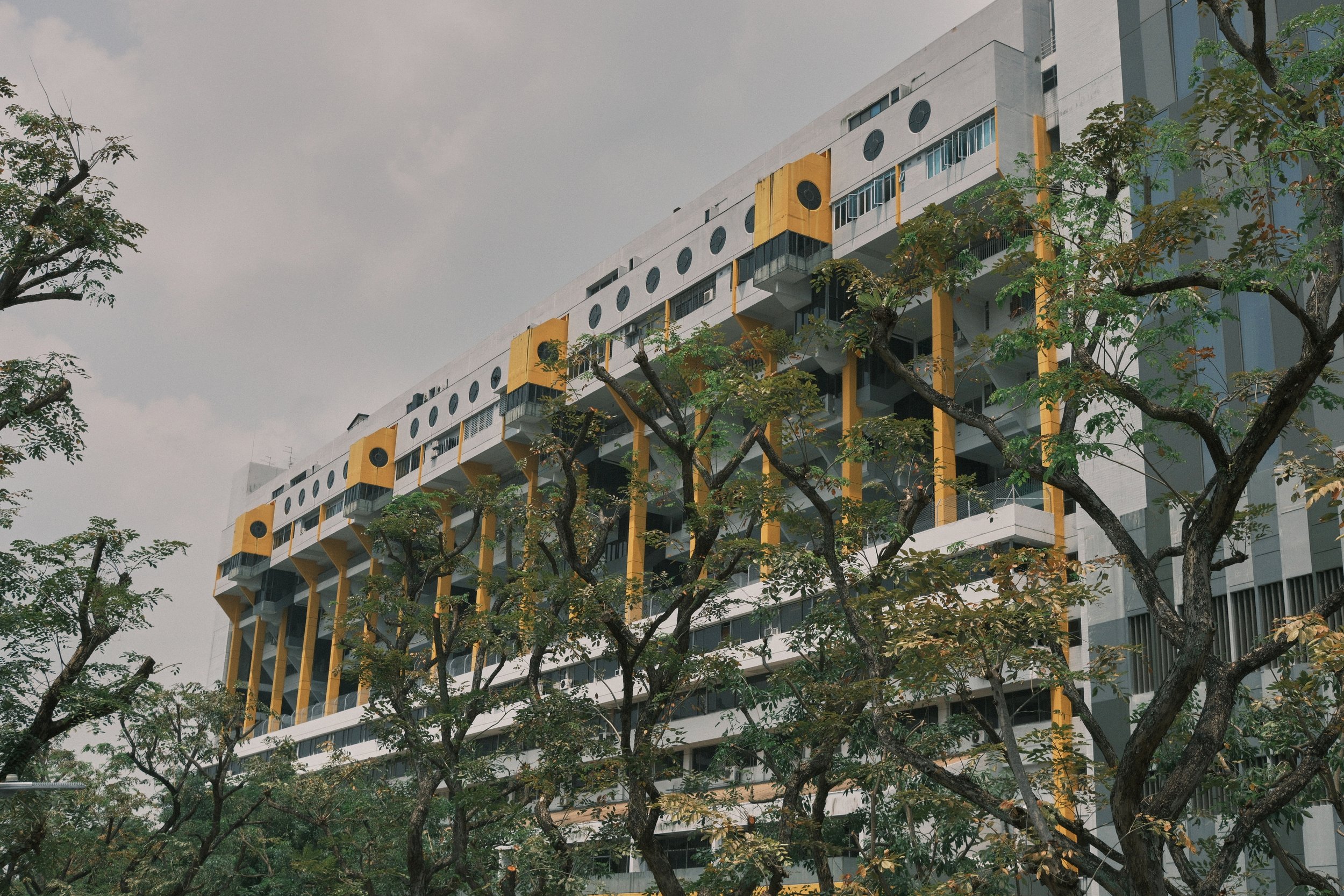
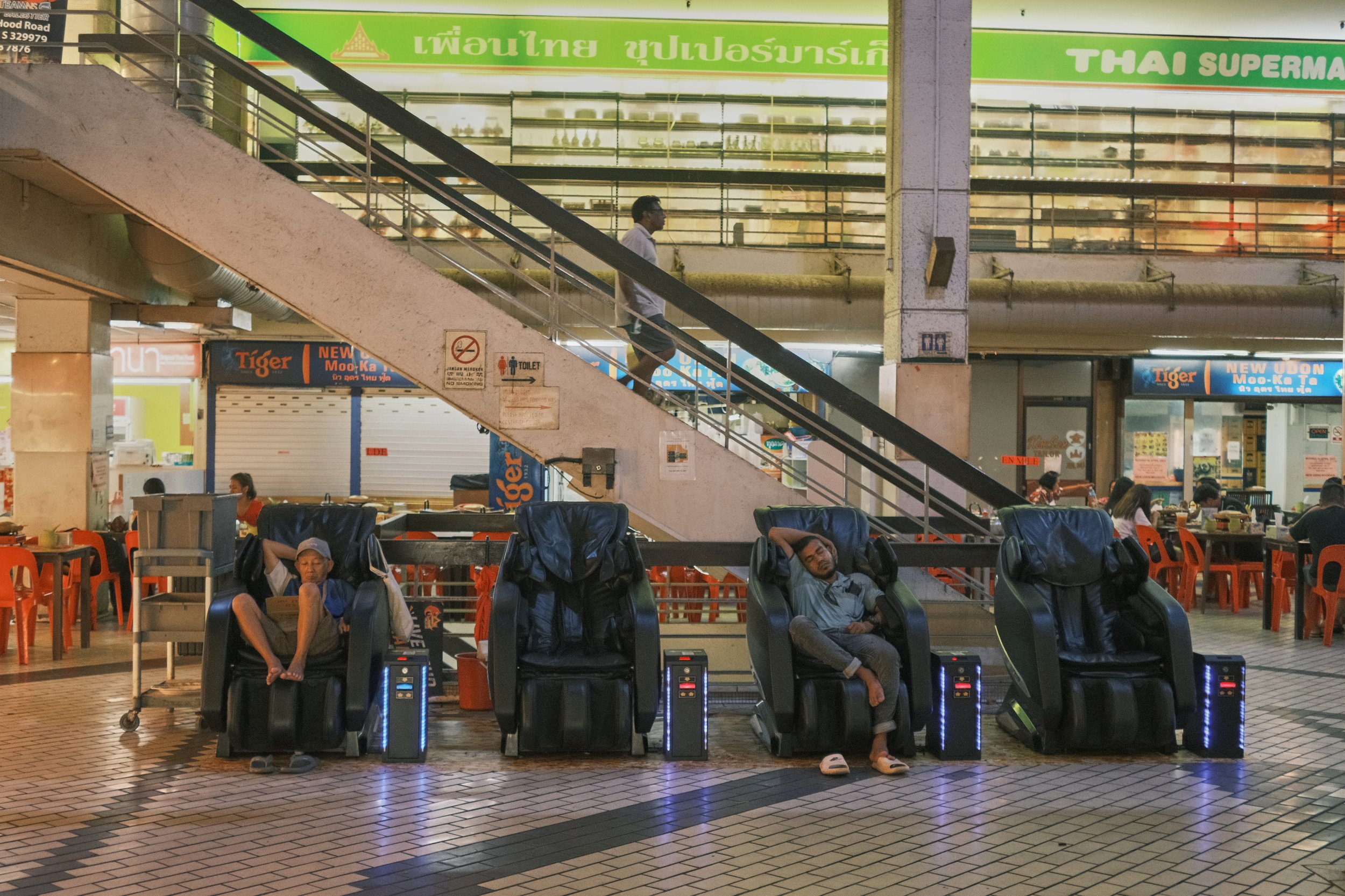
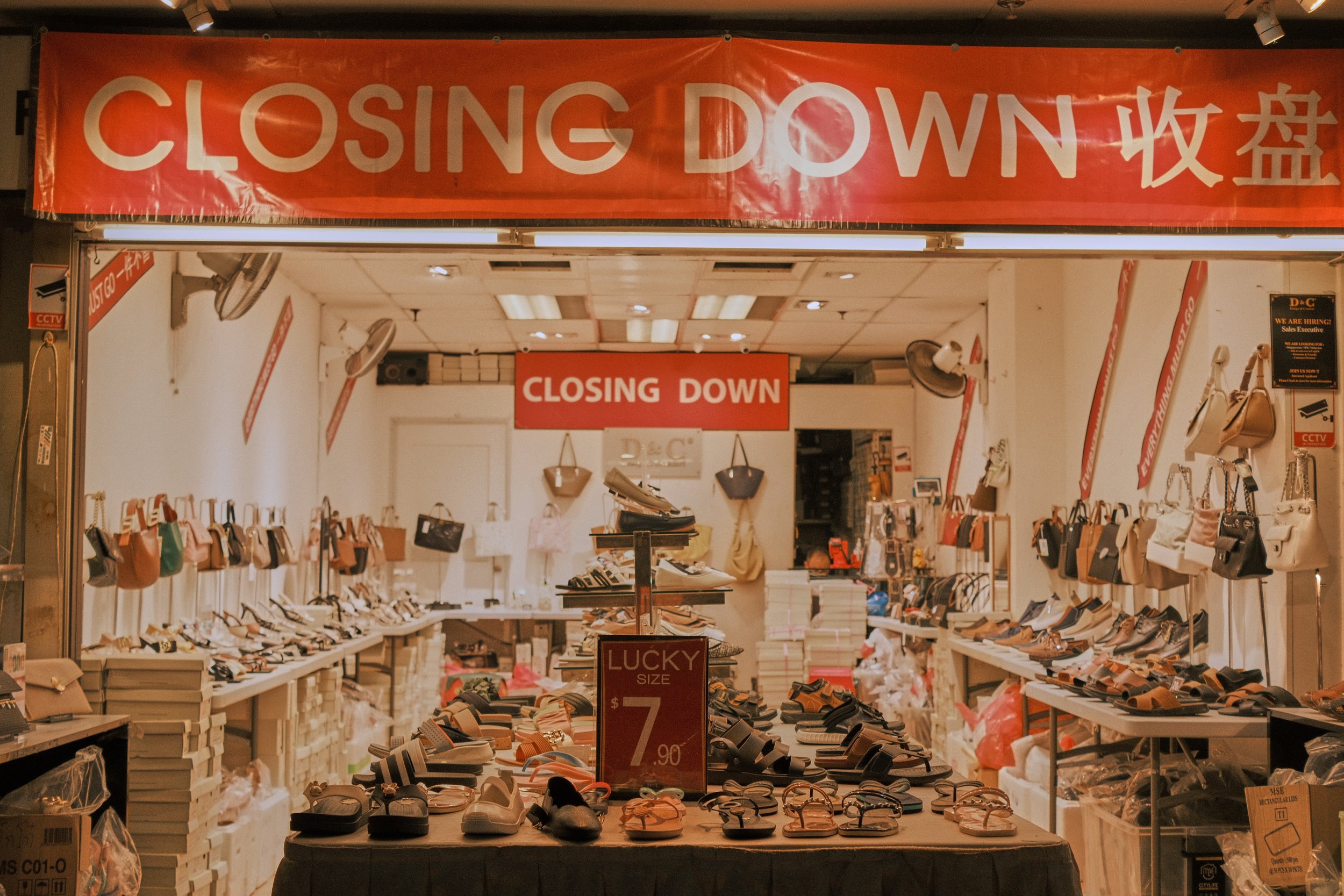


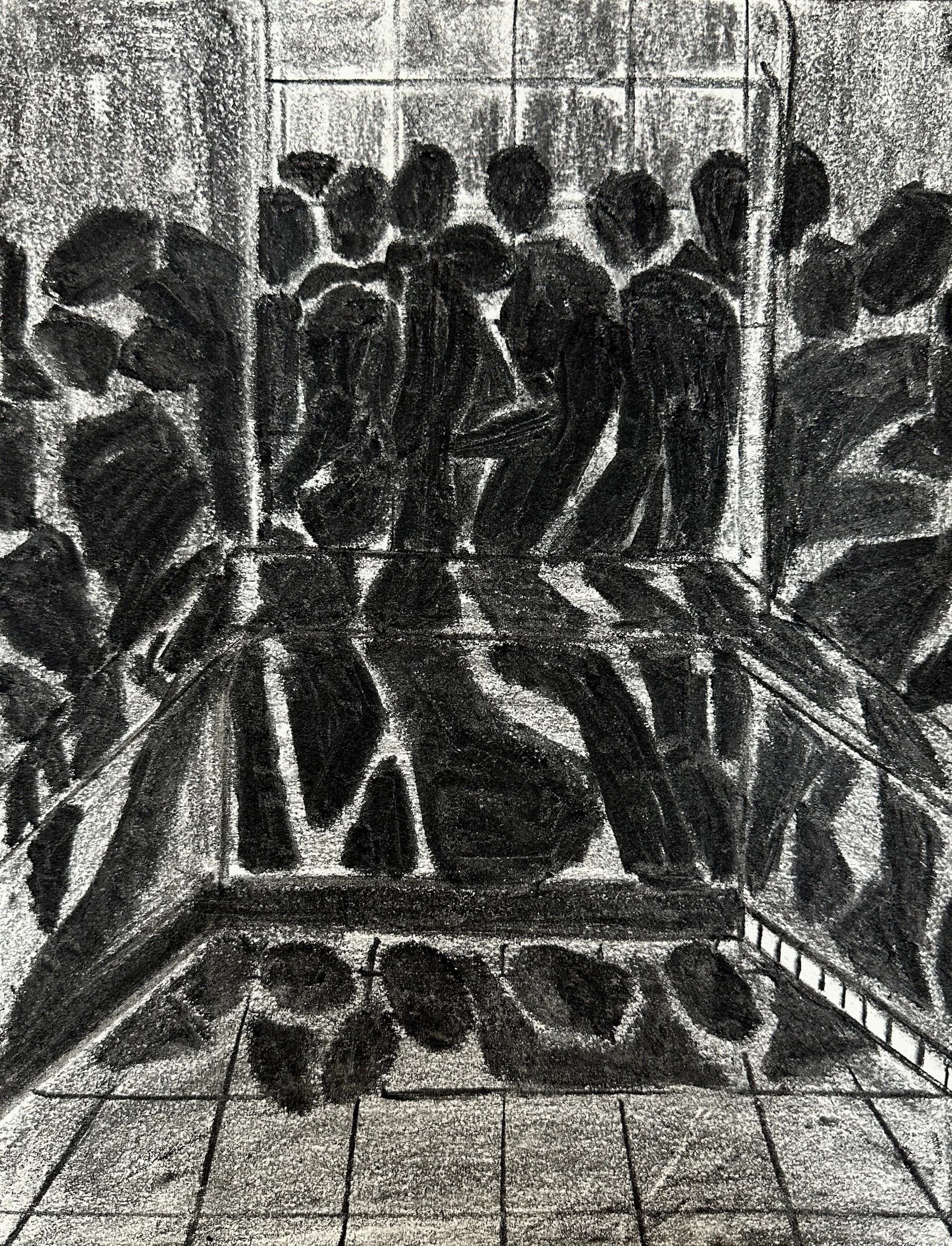
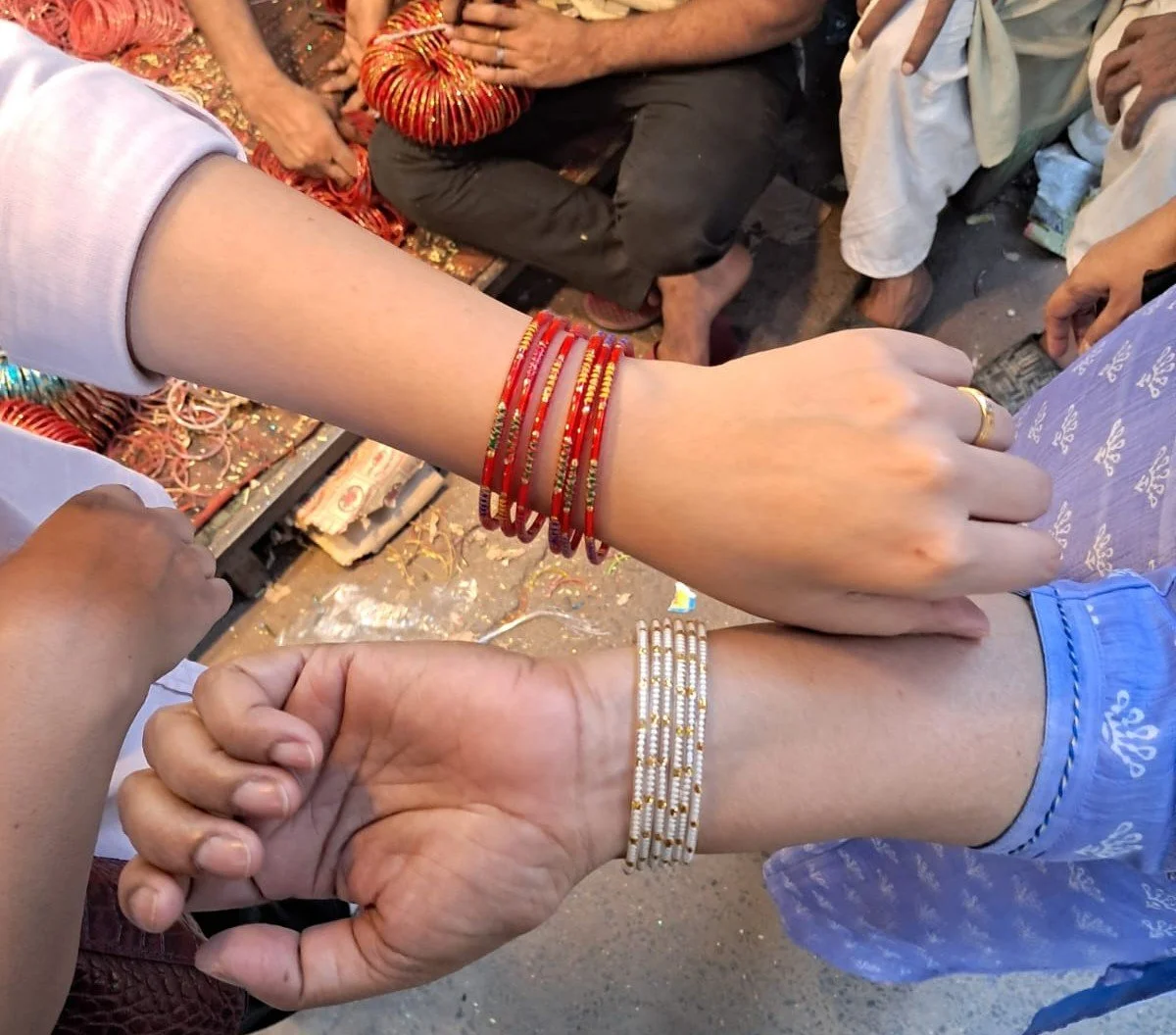






‘A stub, a shard—discarded by most, but enough to begin again.’—an essay by Shumin Tan.